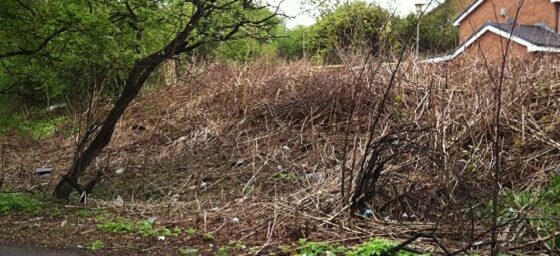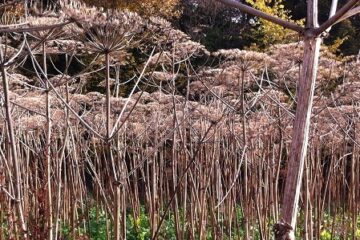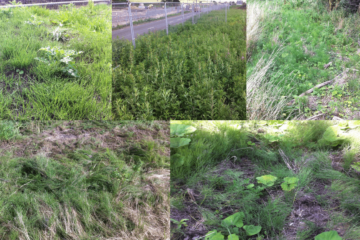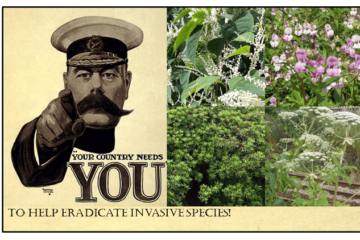An invasive species is, to quote the definition given on the GB Non Native Species Secretariat (NNSS) website “An invasive non-native species is any non-native animal or plant that has the ability to spread causing damage to the environment, the economy, our health and the way we live.” That’s fairly broad but also fairly clear cut.
Basically if the plant or animal is outside of it’s normal range and likely to spread and cause harm then it’s invasive, if it’s not causing harm then it’s ok. The legislation on this is continually evolving as environmental evidence is gathered and is a subject of some debate which I’ll cover in greater detail in a future post. However, the underlying concept is that while there are numerous non-native species which are common in the UK some of them are economically valuable and generally enhance the landscape while others cause great harm and expense. The issues around invasive animals are many and a continual source of investigation and debate if you’re interested in this you can find out more here and here but in the interests of keeping vaguely on topic we’ll restrict this post to invasive plant species.
There are a number of Invasive Plant species in the UK, many of which are aquatic and cause problems with clogging of surface water bodies which impacts on biodiversity and can have a detrimental effect on fish stocks and increases risks of flooding. Of the land based plant species Rhododendron particularly in the countryside and Himalayan Balsam everywhere it grows are problems largely due to their voracious spread and impact upon bio-diversity. To provide a balance here it should be mentioned that Himalayan Balsam is beloved of bee keepers and so does provide some benefits, another source of some debate. Plants which no sane person wishes to see in their garden are Japanese Knotweed and Giant Hogweed. Giant Hogweed is a particularly nasty plant to encounter due to the potentially very serious effects of physical contact with it’s sap. I can’t stress this strongly enough, do not touch Giant Hogweed with your bare skin in fact if you’re not wearing protective clothing it’s best just to stay away from it altogether. Japanese Knotweed isn’t a human health risk but the financial implications of having it on your land can be serious indeed. With any invasive plant species and Japanese Knotweed in particular there are potentially serious legal implications in causing or allowing it to spread from your property.
The full legal and financial impacts of finding one of these species on your property will be discussed in a later post but if you need advice now just give us a call.
2021
Soil remediation guide
Approaching soil remediation without any prior knowledge can be difficult and uncomfortable at times, especially when it can potentially be very costly. This free eBook will help you understand the whats, the whys and the hows of soil remediation in the simplest terms.







Leave a Reply